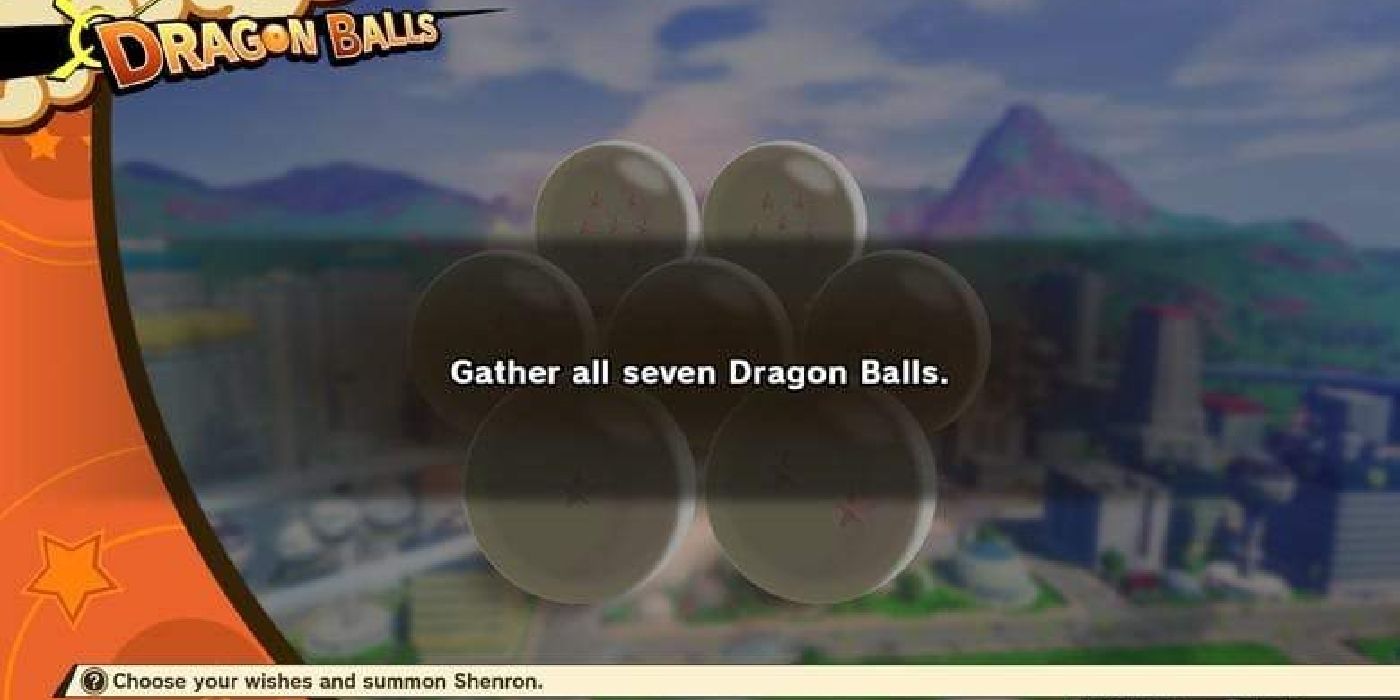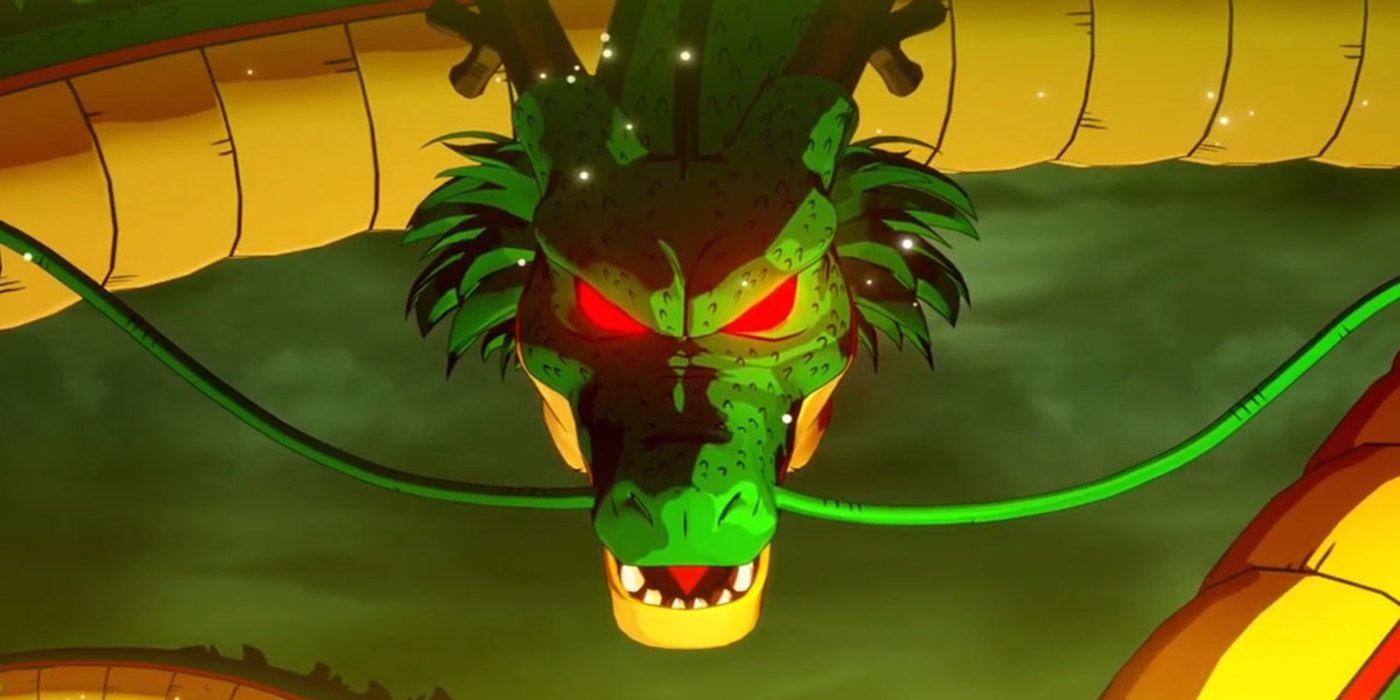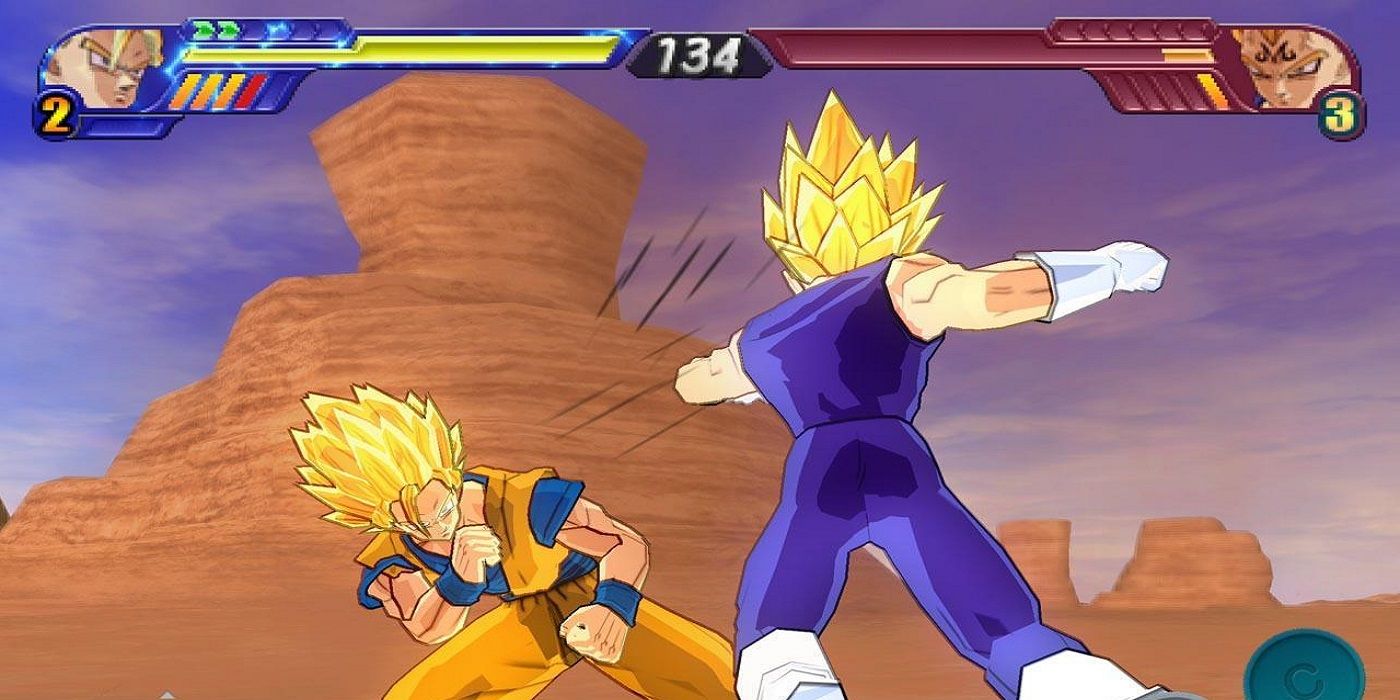Dragon Ball Z: Kakarot has revolutionized Dragon Ball Z games, taking a vastly different approach than any before it to DBZ canon. Thankfully, this move paid off, and fans are left with what is for the most part an amazing game. That said, it suffers from a problem that almost every Dragon Ball Z game has to date: it doesn't do Shenron (or Porunga for that matter) justice with the wishes that players have available after collecting the dragon balls. Should players go through the trouble of collecting all seven, they are rewarded with a rather lackluster set of preset wishes from a list that doesn't expand beyond its basic formula at all throughout the game.
For the uninitiated, Dragon Ball Z games have always had this major problem. In a setting which is literally named after seven magical dragon balls capable of granting (almost) any wish desirable, one would think that these wishes would be a priority for developers. Yet time after time, game after game, the options for wishes tend to disappoint. It is understandably difficult to implement this system well, but most fans can't help but feel like Dragon Ball Z: Kakarot pales in comparison to even most other Dragon Ball Z games in terms of its handling of Shenron and the Dragon Balls.
In Dragon Ball Z: Kakarot, the player effectively has four wish options throughout the entire game. After collecting the wish-granting balls, they can choose between wishing for money, Z Orbs, rare items, or bringing back a fallen foe to fight them again. Although the Dragon Balls are upgraded throughout the story, providing a greater number of wishes per use and better results (ie. more money or better rare items), the number of options never expands beyond this point, much to the disappointment of many fans of the franchise. Although certain options are definitely useful, none of them are so great that they make gathering the Dragon Balls worth doing more than a couple times.
This problem is exacerbated by the relative ease of collecting the Dragon Balls. At any point in time (so long as the story doesn't prohibit their use), the player can check the world map and see the exact locations of all seven Dragon Balls. The task of collecting them is only arduous because the player must sit through several load screens between grabbing them. All of this sort of cheapens the idea of the Dragon Balls, especially when compared to the massive wishes they grant during the story mode, like bringing back entire civilizations of people from death.
It's worth noting, though, that most Dragon Ball Z games have this problem. Dragon Ball Xenoverse 2 arguably did it best, and even these options were nothing to gawk at. In that game, wishes allowed players to earn experience, learn new techniques, acquire equipment and items, and of course, get money. Perhaps the most useful of the wishes, though, was the ability to unlock characters and reset the player character's stat points. Although these wishes were somewhat meta in nature, they provided the player with a chance to get something they couldn't otherwise get without the Dragon Balls. Everything the player can wish for in Dragon Ball Z: Kakarot aside from the sub-stories involving previously defeated villains can be obtained through regular means in game.
Dragon Ball FighterZ uses the Dragon Balls in a unique way that ties in well with the style of the game, but ultimately cheapen the power of the Dragon Balls. The player attains Dragon Balls mid-fight by landing seven hit combos on the opponent. After getting all seven, the wishes available to the player involve bringing back a defeated ally, restoring the player's health, or restoring the player's ki. While these are incredibly useful mid fight, they simply don't represent what Shenron is truly capable of. That said, it makes sense that in a fighting game like this that they must be balanced so as to not provide too much of an unfair advantage.
Dragon Ball Z: Budokai 3 made the task of gathering the dragon balls much more difficult, but still fails to impress with most of its wish options. Though the player can find the dragon radar, its detection radius is small, meaning it is necessary to fly around the world systematically searching for the balls. Upon collecting them, the player can wish for voice data on the character, a piece of armor, or perhaps most usefully, to unlock all of that character's techniques. Even still, though, all techniques are unlockable through normal gameplay, so the only unique thing from the wishes is collectible voice data.
Admittedly, though, the wishes made throughout the Dragon Ball franchise's animes also tend to err on the silly side. The very first wish ever granted by Shenron in Dragon Ball was for the world's softest pair of underwear, and the silliness doesn't end there. All of the resurrection wishes were good uses of the balls, but beyond those, it seems like only villains want to use them for anything worthwhile. That said, there have been some very powerful wishes like restoring the Earth after it was destroyed by Buu.
Obviously, the game can't allow players to make any wish they please, as that would not only be game breaking, but also technologically impossible, yet it would still be nice to have some better options. Given that Gotenks and Vegito are not playable in the end game, wishes could be used to allow them to be played. The rare items wish could be separated into rare items (like crafting materials), food, and community board items, rather than lumping all of those things into one, and the money wish could probably provide a little more than it does.
Furthermore, although unlocking new sub-stories by bringing back and fighting old foes is nice, it would be great to be able to do this more than once to train, and it seems Shenron should be able to just grant a level as well. Dragon Ball Z: Kakarot has room to improve, but it is certainly a great game despite these problems.
Dragon Ball Z: Kakarot is available now for PC, PS4, and Xbox One.



